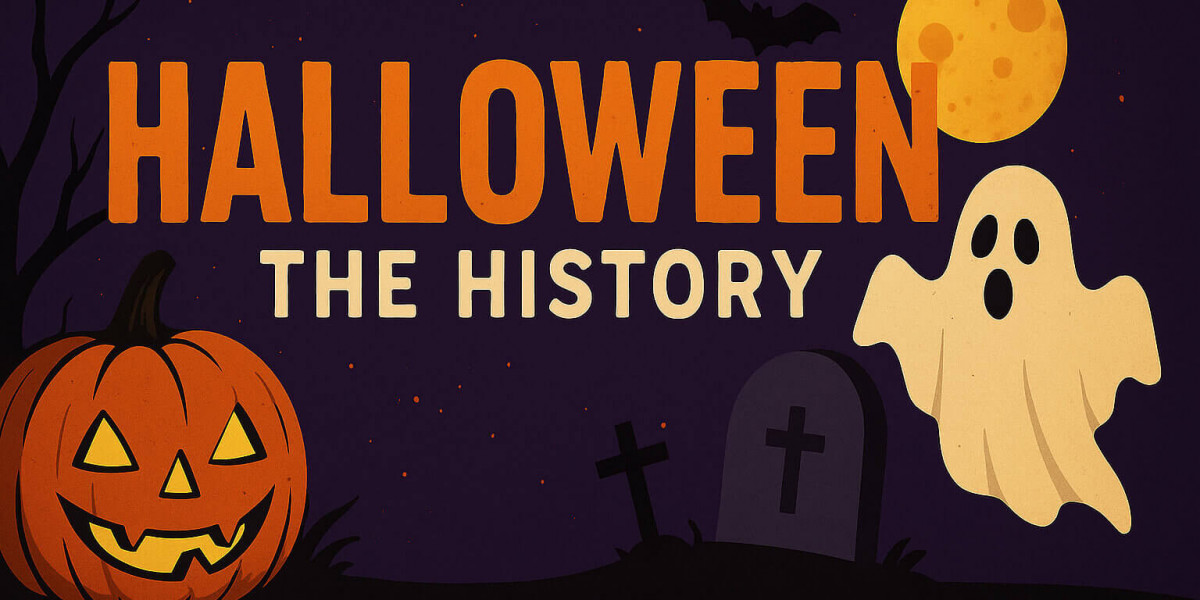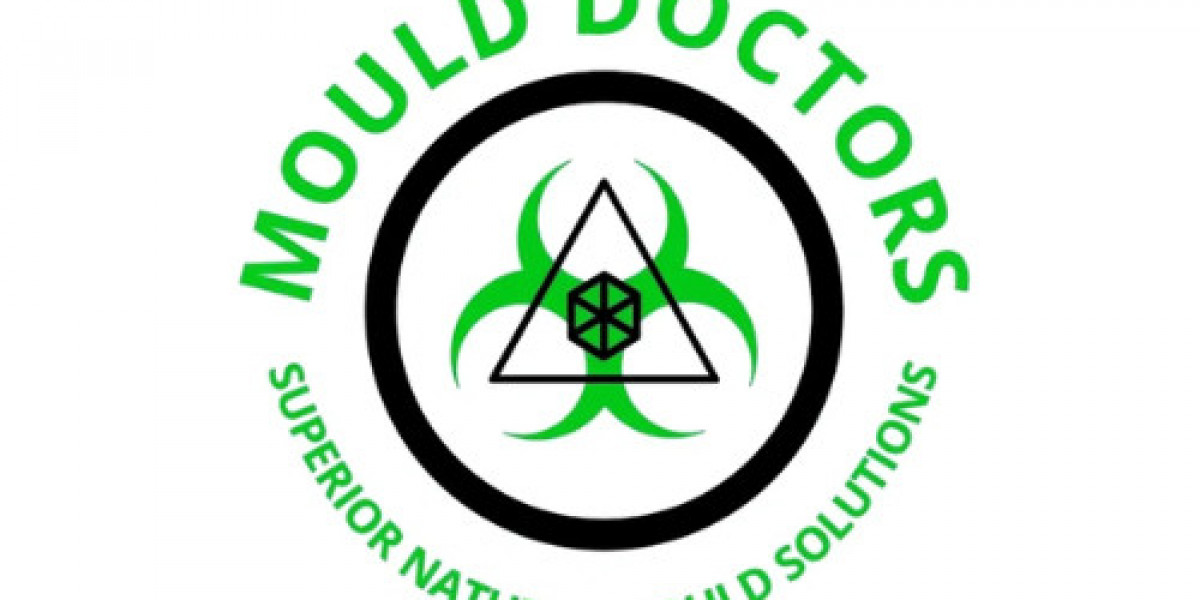Every year on October 31, millions of people around the world light up jack-o’-lanterns, dress like ghouls or superheroes, and flood the streets for candy and fun. But beneath the face paint, fake cobwebs, and pumpkin spice everything lies a fascinating story — one that stretches back more than two thousand years.
Halloween isn’t just a night of tricks and treats; it’s a celebration that connects ancient rituals, religious beliefs, cultural exchange, and modern pop culture. So, grab your broomstick (or your candy bucket), because we’re about to travel through time to see how Halloween became the spookiest, most exciting night of the year.
It All Started with Fire and Fear: The Celtic Festival of Samhain
Long before Halloween existed, the ancient Celts in Ireland, Scotland, and parts of Northern Europe celebrated Samhain(pronounced “sow-in”) — a festival marking the end of the harvest season and the beginning of winter.
To the Celts, winter symbolized death. Crops withered, the sun faded earlier, and the world felt closer to the spirit realm. They believed that on the night of October 31, the boundary between the living and the dead became thin — allowing spirits to cross over.
Families would light massive bonfires to honor their ancestors and ward off evil spirits. People wore animal skins and masks to disguise themselves from wandering ghosts. The festival was a mix of gratitude, respect for the dead, and a touch of fear — because when the unseen world meets the living, anything could happen.
It wasn’t spooky fun back then. It was survival, spirituality, and community.
When the Church Came Knocking: The Birth of “All Hallows’ Eve”
As Christianity spread across Europe, the Church often blended pagan traditions with Christian beliefs rather than erasing them completely. In the 8th century, Pope Gregory III established All Saints’ Day (or All Hallows’ Day) on November 1 to honor saints and martyrs.
The night before — October 31 — became known as All Hallows’ Eve, which, over time, evolved into Halloween.
But even with its new name, the heart of Samhain never fully disappeared. People still lit fires, dressed up, and believed the dead could visit. Christianity simply added a new layer of meaning: instead of fearing spirits, people were encouraged to pray for them.
This blending of pagan and Christian traditions created the foundation for the Halloween we know today — a mix of the sacred and the spooky.
The Medieval Makeover: Prayers, Souls, and “Soul Cakes”
By the Middle Ages, Halloween had taken on new customs. In parts of England and Ireland, people practiced “souling.”Poor families would go door-to-door offering prayers for the souls of the dead in exchange for food — usually small cakes known as soul cakes.
Children joined in, reciting verses like:
“A soul! A soul! A soul-cake!
Please, good Missis, a soul-cake!
One for Peter, two for Paul,
Three for Him who made us all.”
Sound familiar? That’s right — this is one of the earliest forms of trick-or-treating.
Meanwhile, in Scotland and Ireland, another tradition called “guising” emerged, where people disguised themselves and went house to house performing tricks or songs in exchange for treats. It wasn’t about candy yet, but the spirit of fun and mischief was definitely brewing.
The Pumpkin Revolution: Irish Roots Meet American Soil
When Irish and Scottish immigrants brought their Halloween traditions to America in the 1800s, they found something new: pumpkins.
Back in Ireland, people carved turnips and potatoes into lanterns to scare away evil spirits. But in America, pumpkins were larger, softer, and far easier to carve. Thus, the jack-o’-lantern was born.
The name comes from an old Irish legend about Stingy Jack, a man who tricked the devil and was doomed to roam the earth with only a carved turnip lit by a coal to light his way. Over time, “Jack of the Lantern” became “Jack-o’-lantern.”
By the late 19th century, Halloween in America was becoming less about ghosts and more about community. Families hosted harvest parties, told ghost stories, and played games. It was still spooky — but now it was social, too.
Trick-or-Treat! The Modern Halloween Takes Shape
The Halloween we recognize today — kids in costumes going door-to-door for candy — didn’t fully appear until the 1940s and 1950s.
World War II rationing had limited sugar, but once it ended, candy companies saw an opportunity. They began marketing sweets specifically for Halloween. Television ads, radio spots, and neighborhood parties helped cement the idea that Halloween was about fun, not fear.
By the mid-20th century, trick-or-treating had become a staple of American childhood. Every October, neighborhoods buzzed with excitement. Costumes shifted from handmade outfits to store-bought ones, and themes expanded from ghosts and goblins to superheroes, pop stars, and movie characters.
Halloween had gone global — and commercial. But the heart of it remained the same: community, creativity, and a touch of mystery.
Haunted Houses, Horror Films, and Pop Culture Magic
Starting in the 1970s, Halloween exploded in pop culture.
Movies like John Carpenter’s “Halloween” (1978), “Hocus Pocus”, and “The Nightmare Before Christmas” made the holiday even more iconic. Haunted houses, horror marathons, and costume contests became part of the celebration.
Even music joined in — from Michael Jackson’s “Thriller” to spooky soundtracks that play every October. The holiday became a creative playground where people could express themselves, face their fears, and escape reality for a night.
And it wasn’t just for kids anymore. Adults embraced Halloween with themed parties, elaborate costumes, and haunted attractions. The holiday had transformed from ancient ritual to global pop phenomenon.
Halloween Around the World
While Halloween is most famously celebrated in the U.S., many countries have their own versions of honoring the dead or celebrating the supernatural:
Mexico’s Día de los Muertos (Day of the Dead) blends Catholic and Indigenous beliefs, honoring ancestors with bright altars, flowers, and sugar skulls.
Japan’s Obon Festival celebrates spirits returning home, with lanterns guiding them.
Ireland and Scotland, the birthplace of Samhain, still hold bonfires, parades, and costume parties.
In the Philippines, families visit cemeteries, clean graves, and share meals in remembrance.
Each of these traditions shares the same heartbeat — the idea that life and death, light and shadow, are connected. Halloween, in its own modern way, carries that same thread through time.
The Psychology Behind the Scare
Why do people love being scared? The answer lies in psychology.
When we watch a horror movie or walk through a haunted house, our brains release adrenaline and dopamine, giving us a thrilling rush — but we know we’re safe. It’s a controlled fear, one that makes us feel alive.
Halloween lets people confront the unknown in a playful way. Dressing up, role-playing, and exploring the eerie taps into our most human emotions: curiosity, imagination, and the thrill of the unknown.
It’s fear — but fun.
Costumes: From Spirits to Self-Expression
In the past, costumes were meant to hide from spirits. Today, they’re about becoming someone else, even for one night.
From spooky witches to viral memes, Halloween costumes have evolved into a form of social storytelling. They reflect what we value, fear, and find funny each year.
Think about it: in one neighborhood, you might see a classic vampire next to someone dressed as their favorite Marvel hero, or even a trending internet meme. Halloween has become a mirror of culture — a creative explosion where identity meets imagination.
The Deeper Meaning of Halloween
Underneath all the glitter, masks, and sugar rushes, Halloween still carries its ancient message: the cycle of life and death, and the power of community in facing it.
It reminds us that fear doesn’t have to divide us — it can connect us. We laugh at the dark, we light candles against it, and we gather together to make it fun. That’s what humans have been doing since Samhain — facing the cold and uncertainty with fire, costumes, and stories.
So even though Halloween has changed over thousands of years, its purpose hasn’t. It’s still about connection, remembrance, and renewal — just with more candy.
Halloween Today: Global, Digital, and Growing
In the 21st century, Halloween is everywhere. It’s not just about trick-or-treating — it’s on Instagram reels, TikTok trends, YouTube vlogs, and even virtual worlds.
People share DIY costume ideas, makeup tutorials, spooky short films, and viral challenges. Brands join in with Halloween-themed campaigns. For creators, it’s one of the biggest engagement seasons of the year.
And in a way, that’s perfectly fitting. Halloween began as a community festival, and it’s still about community — just now, the village square is online.
Platforms like Socifa represent this next chapter. They connect people globally, allowing traditions like Halloween to be celebrated, shared, and reimagined across borders.
Final Thoughts
From Celtic bonfires to glowing jack-o’-lanterns on suburban porches, Halloween has traveled centuries and continents, blending myth, religion, and creativity.
It’s proof that traditions evolve but never truly disappear. Every mask we wear, every pumpkin we carve, every ghost story we tell — they all echo the same human need: to connect, to imagine, and to make meaning out of mystery.
So this Halloween, whether you’re going all out in costume or just scrolling through spooky memes on Socifa, take a moment to remember — you’re part of a story that started over two thousand years ago, by firelight, under a dark October sky.
Happy Halloween. ??️



